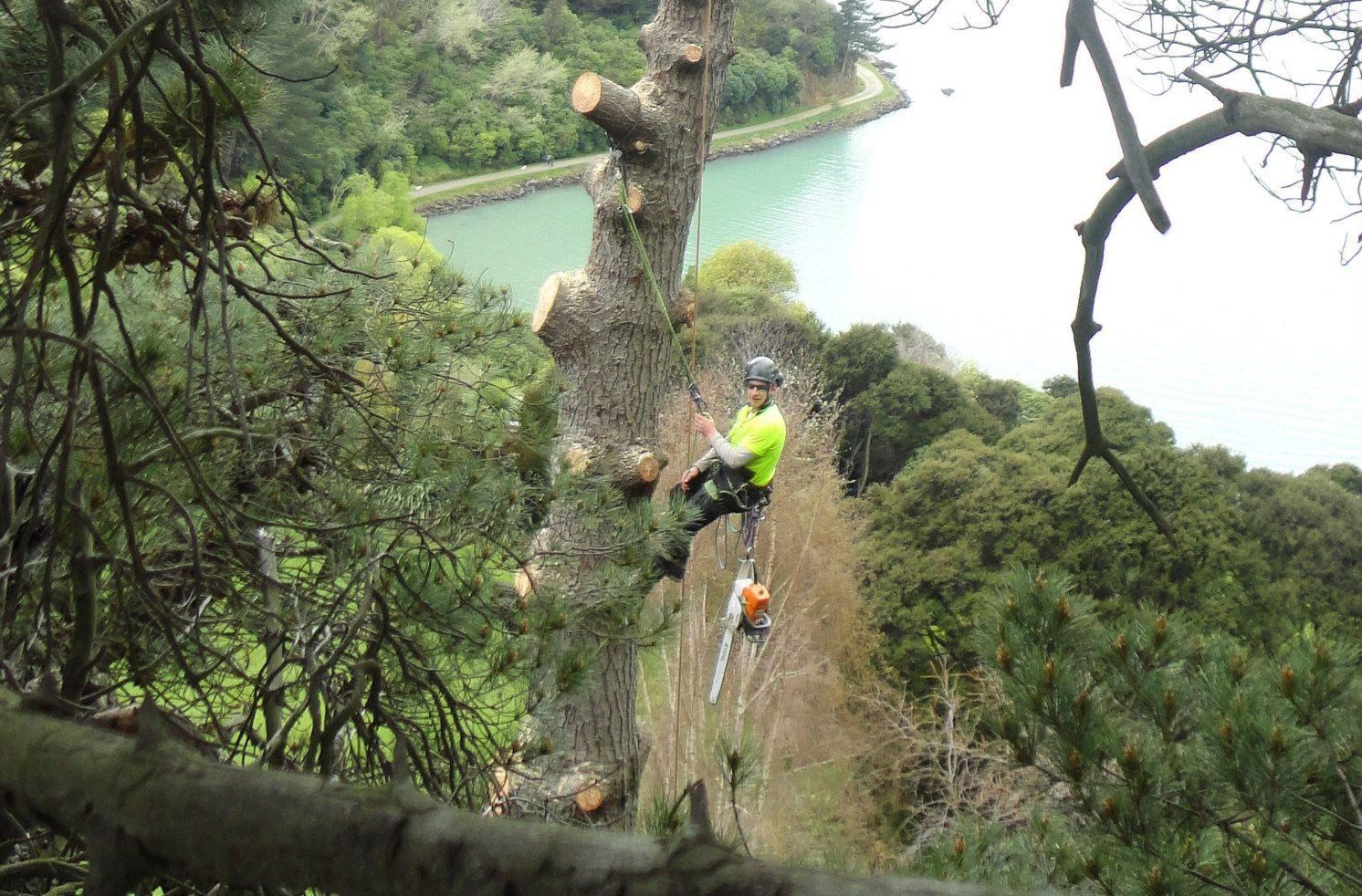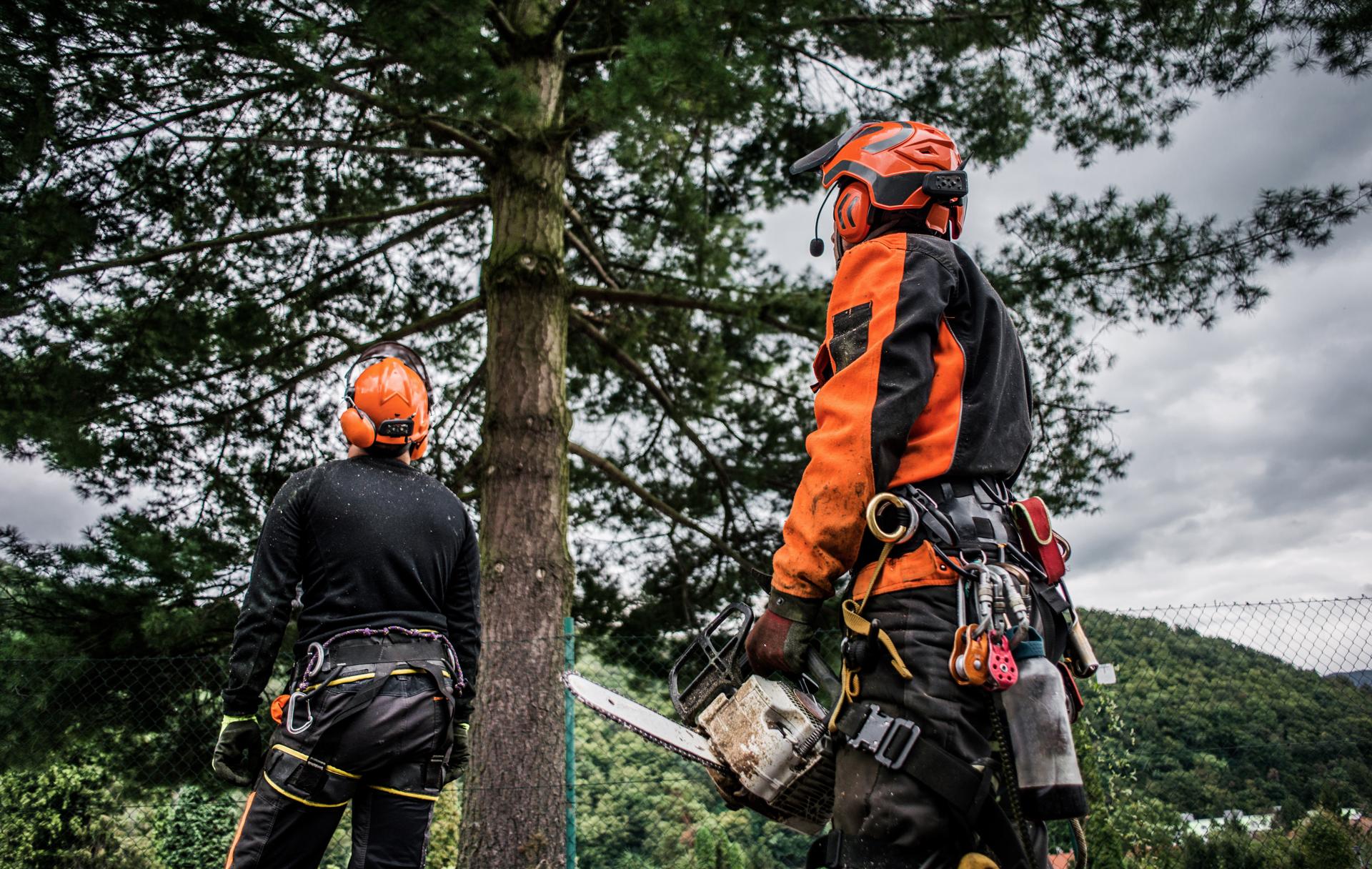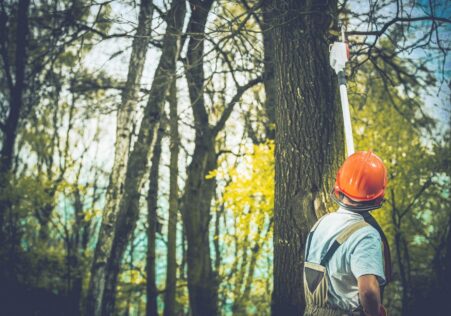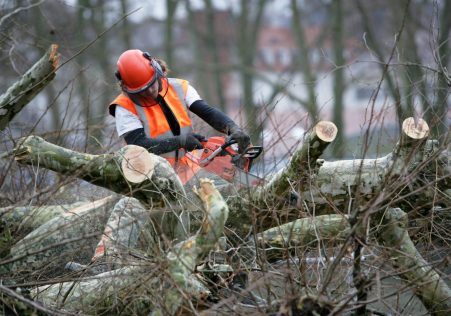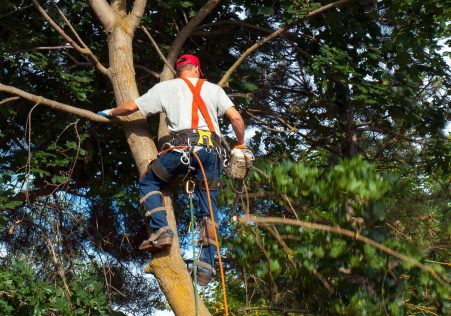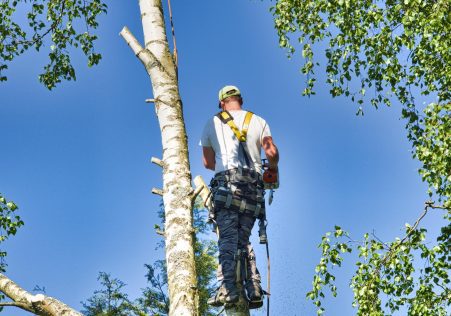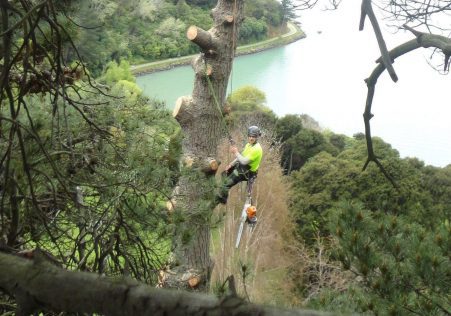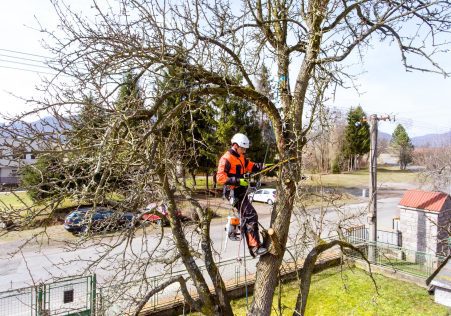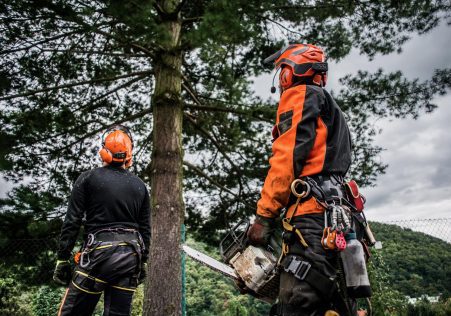Avoiding Tree Removal Errors What to do to determine if a Tree is Protected
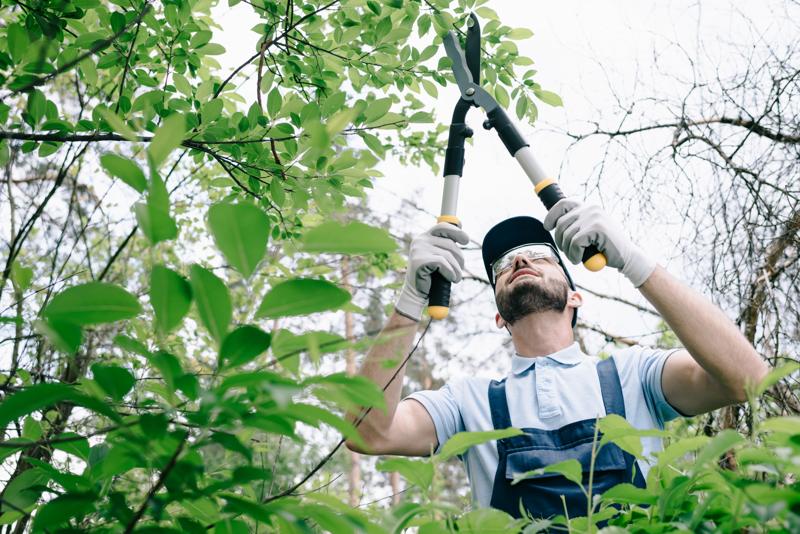
Trees play an important part in the environment as they provide shade, clean air, and aesthetic value to our surroundings. However, not all trees are identical and some are granted extra protection status, which makes it illegal to carry out any work without obtaining permission. If you’re considering having a tree removed it is essential to know the status of protection for the tree you’re considering and what steps you’ll need to take to ensure compliance with the legal requirements. The following article we will walk you through the steps to determine if trees are safe and exactly what steps you need take to be sure that you are following the law.
What exactly is a tree that is protected?
A protected tree has been subjected to certain legal controls, and it’s illegal to carry out work on a protected tree without having the appropriate permissions. There are two kinds of protection a tree may have - statutory protection and preservation orders.
Protection under the law
As a matter of the law trees are protected under laws and under the control of Tree Preservation Orders (TPOs). TPOs are issued by local authorities to safeguard trees of significant value to the public and to ensure that they do not get damaged or destroyed.
Preservation orders
Preservation orders are similar to TPOs but are issued from the Secretary of State responsible for Environment. The trees that are protected by preservation orders are considered to have an exceptional value and are protected from any kind of work, including felling.
What can I do to determine if a tree is protected?
To determine if trees are protected, you will need to determine if the tree is subject to the protection of a TPO or preservation orders. It is done by contacting the local authority and asking them to search their records.
TPO search
If you want to find the TPO, you can contact the Tree and Woodland Officer from the local authority. They can inform you whether the tree is protected. They will also be able to advise you on the next steps you should do if your tree is protected.
Preservation order search
If you are looking for a preservation permit, you must contact Secretary of State, Department of the Environment. They can determine whether the tree is in the protected zone and give you the necessary information and guidance.
FAQs:
What is the consequence if I do work on a tree that is protected without permission?
If you do work on a tree that is protected without the appropriate permits, you could be facing significant fines, and possibly even jail time.
Can I appeal to a TPO and/or preservation order?
You can appeal to a TPO or preservation decision if it’s not justifiable. But, you’ll need to prove your argument and demonstrate your argument as to why it is not necessary to appeal the TPO or order to preserve isn’t needed.
Can I cut down a tree that is protected tree?
It is against the law to remove protected trees without the required permissions. If you require the tree to be removed, you will need to apply for permission and provide proof to back your claim.
Conclusion
In the end, determining if the tree is protected is a crucial step to ensure that any tree work carried out legally. Understanding the different kinds of protection and the best way to determine if they are protected, you can ensure that you’re in compliance with the law and are protecting the trees in your care. If you’re unsure of the status of protection for trees, we suggest seeking professional advice from a reputable tree specialist like Sydney Tree Removal. Our team of experienced arborists can advise you on the protection status of your trees, and will guide you through the steps to make sure you’re complying with the laws. With our experience and dedication to provide high-quality tree services we will help you keep the beauty and value for your tree. Contact us now by phone at 1300 636 143 to schedule a consultation and let us assist you to keep your trees protected and healthy.

